Sudan: Jebel Marra landslide death toll now exceeds 1,000
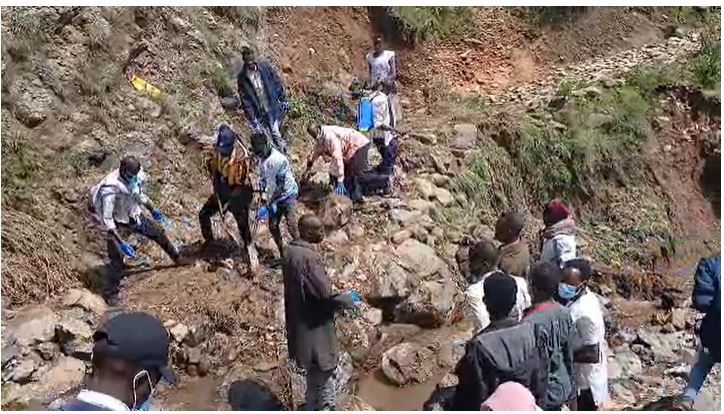
Rescuers search for bodies following the devastating landslide in the Tarsin area of Jebel Marra on Sunday, that has left more than 1,000 dead (Photo: SLM-AW)
The death toll from Sunday’s landslide disaster in the Tarsin area of Jebel Marra, the mountain range on the border of Central and South Darfur, has now climbed to more than 1,000. Civilian authorities in areas controlled by the Sudan Liberation Movement-North led by Abdel Wahid El Nur (SLM-AW) confirm that the death toll now exceeds the movement’s initial estimates. An untold number of livestock have been killed and crops damaged. The news, covered widely in international media, has been met with global expressions of sympathy and solidarity.
The Civilian Authority stresses that the disaster has left widespread devastation among the population, who have lost their homes and belongings and are living in dire humanitarian conditions, lacking food, medicine, and shelter.
Civilian Authority Chief Mujibur Rahman Zubair arrived in the stricken town of Tarsin, where he assessed the extent of the disaster and stressed the need for urgent intervention by the international community, the United Nations, and regional and international organisations to provide relief to those affected.
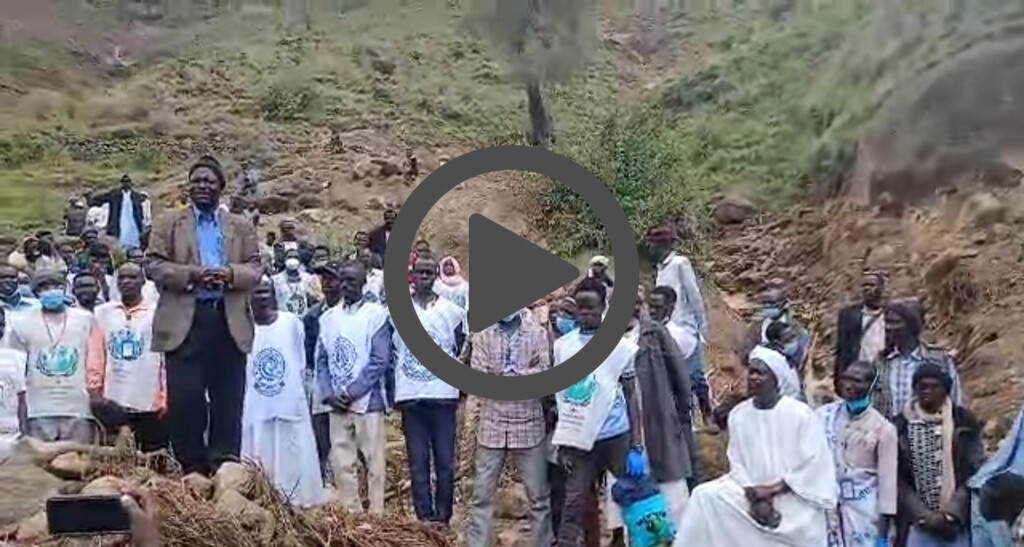
A press statement seen by Radio Dabanga issued by the official spokesman for the SLM-AW, Mohamed Abdelrahman El Nayer, indicates the existence of a video recording containing statements by the head of the civil authority and testimonies from a number of survivors and residents of neighbouring villages who rushed to provide assistance immediately after the disaster occurred. Meanwhile, El Zubeir is scheduled to announce a detailed report within the coming hours on the numbers of dead and wounded and the extent of the destruction.
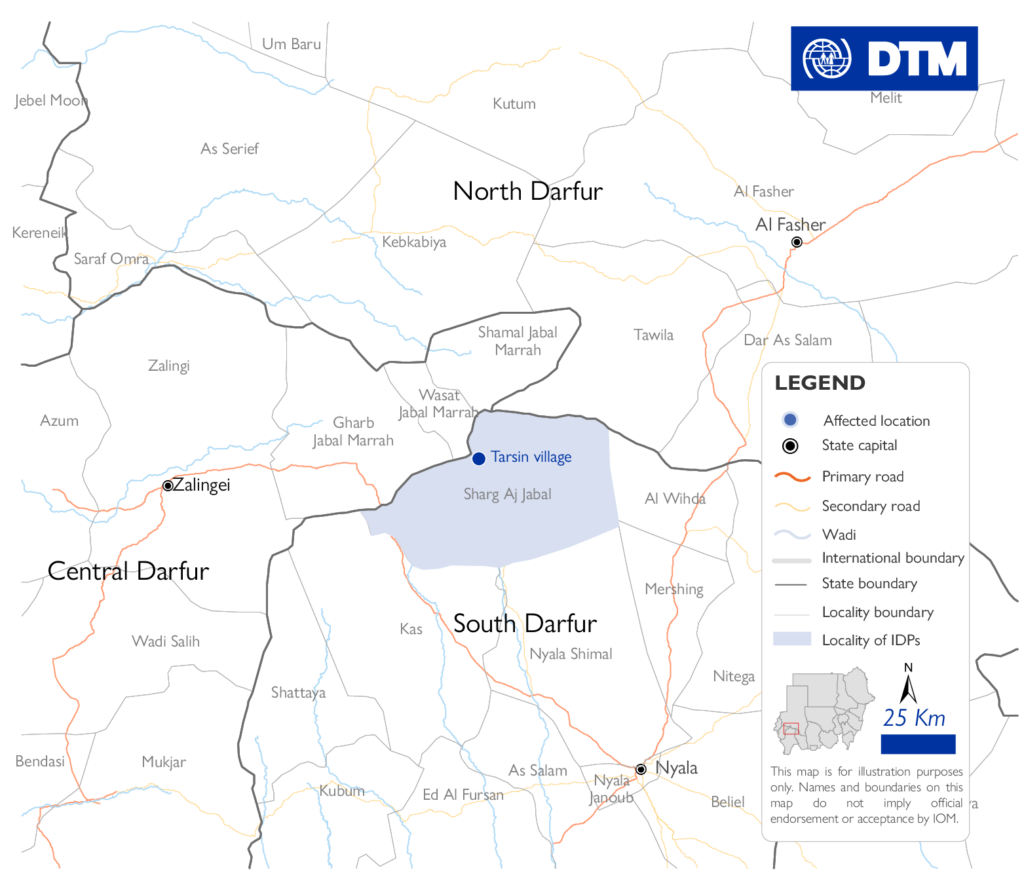
Conflicting reports
The initial aftermath of the disaster at Tarsin on Sunday sparked widely conflicting and unverifiable casualty figures that circulated on social media, with some sources claiming the death toll was no more than two, while the asserted that the number of victims exceeded 1,000.
The Displacement Tracking Matrix of the International Organization for Migration announced that its field teams documented the displacement of 150 people from the Tarsin area and neighbouring areas due to a landslide, noting that the displaced people headed towards other areas in East Jebel Marra locality.
Disinformation
In a statement to Radio Dabanga, the movement’s official spokesman accused what he described as “entities known to be affiliated with remnants of the former regime and their lackeys in the Port Sudan Authority” of being behind the dissemination of misleading information on social media that downplays or denies the scale of the disaster. He stressed that the movement is aware of the goals and aims of these entities, asking: What is the movement’s interest in fabricating events that did not occur? Do they know the reality of the situation better than the civilian authority in the liberated territories?
International solidarity
The Acting UN Humanitarian Coordinator in Sudan expressed deep regret over reports of the Tarsin landslide. He said that the United Nations and its humanitarian partners are mobilising their efforts to provide support to the affected population.
He stressed that the humanitarian community stands in solidarity with the people of Sudan and will spare no effort to ensure that aid reaches those in need without delay.
“According to UN humanitarian partners, it is difficult to assess the full scope of the situation or determine the number of casualties due to the difficulty of accessing the affected area. Initial reports from local sources indicate that approximately 1,000 people have been killed, while UN partners have reported a lower number.
“A multi-agency mission will assess the situation and document the number of casualties in the coming days.”
‘This tragedy – one of the largest in Sudan’s recent history – comes amid a brutal war that has already displaced millions of people and left communities on the brink of famine…’ – IOM
One of the biggest disasters
The International Organization for Migration (IOM) expressed its sadness over the catastrophic landslide, saying that the tragedy “one of the largest in Sudan’s recent history, comes amid a brutal war that has already displaced millions of people and left communities on the brink of famine.”
The organisation stated in a press release that Jebel Marra, where the landslide occurred, has become a refuge for families fleeing violence in El Fasher and neighbouring areas. It added that humanitarian organisations are unable to access the area due to ongoing conflict and restrictions, exacerbating the difficulties faced by those affected. “This tragedy underscores the urgent need for safe humanitarian access and expanded support.” It adds, “The people of Sudan cannot bear this endless conflict alone.”
‘The people of Sudan cannot bear this endless conflict alone…’ – IOM
The organisation joins the humanitarian community in calling for immediate and unhindered access to affected areas. It urged all parties to the conflict to respect their obligations under international humanitarian law and ensure the safety of civilians and humanitarian workers.
The United States, the African Union, Egypt, Qatar, Somalia, and other countries expressed their solidarity with the victims of the landslides in the Tersin area, calling for aid to be allowed to reach them.
Warnings of future risks
The General Authority for Geological Research, the technical arm of the Ministry of Minerals, announced the results of its initial field investigations into the landslide. They say in a scientific statement that the incident occurred as a result of heavy rains in late August, which destabilised the mountain slopes, causing masses of soil and rocks to collapse toward residential areas.
The authority explained that landslides are a natural hazard that can be exacerbated by human activity, noting that factors such as random mining, road construction without geological studies, and farming on unstable lands increase the likelihood of such disasters occurring.
The authority confirmed that the Jebel Marra region is one of the most geologically active areas in Sudan, due to its location within an active tectonic zone. In recent years, it has witnessed several landslides and collapses, particularly during the rainy season, which necessitates urgent scientific intervention.
The authority warned that the recurrence of these phenomena could lead to catastrophic losses of life and property, destruction of infrastructure, pollution of water sources, and damage to local ecosystems. The authority recommended the need to conduct detailed geological studies of areas at risk, integrate geological safety considerations into development projects, and develop and activate early warning systems and continuous slope monitoring.








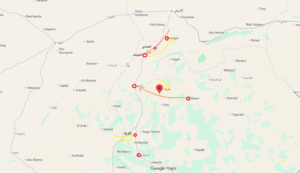
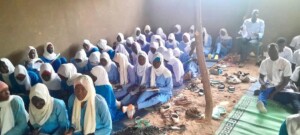

 and then
and then